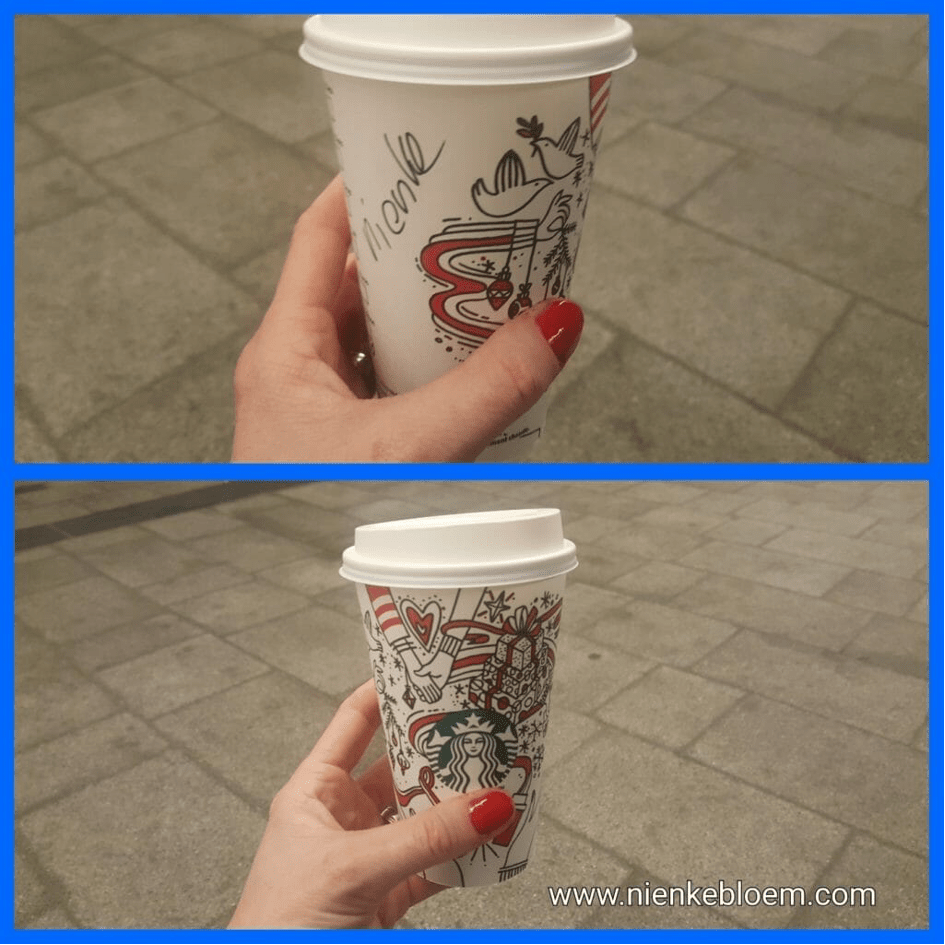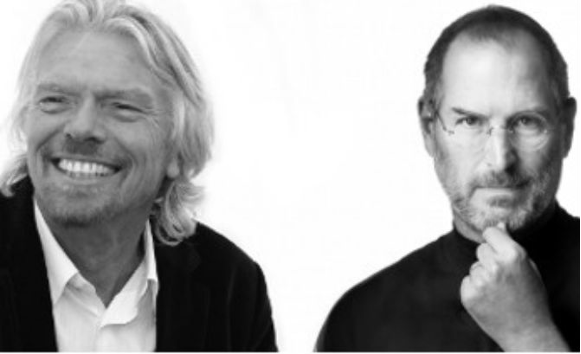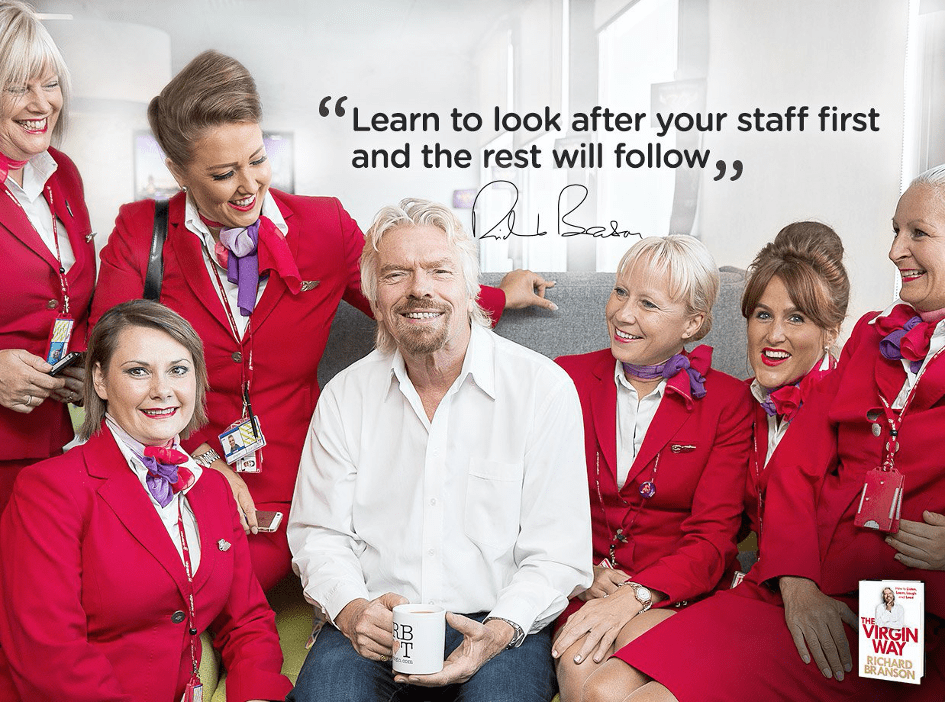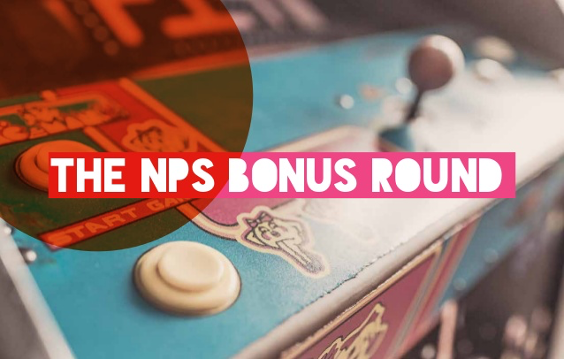There is so much going on when it comes to customer experience. I see brilliant initiatives, professionals, strategies, projects and transformations going on at my clients and I read all your stories on LinkedIn. It makes me smile and as a CX colleague, it makes me proud. We are all on our way to deliver great customer experiences to our clients, or have the urge to do so in a better way. In contact centers, social media teams, HR, employee experience and of course customer experience teams.
Did you know that you can get international recognition for what you are doing? I think you should try and win an International Customer Experience Award!
Why enter the awards? I give you 9 reasons why you have to give it a GO
Your entry:
1. You reflect on what is your success and your strategy behind it
2. You really get to the point and feel your pride on your journey
On the day itself:
3. You get to present your success strategy in front of international CX professionals
4. You battle with peers and learn from their entries
After the awards:
5. You get a huge applause from your peers if you win
6. Get international recognition for all your efforts and CX brilliance
7. As a winner: share the pride within your organization and celebrate success
8. As a winner: use it in your marketing that you excel in your category
9. Get a benchmark feedback report how the judges ranked you (BONUS)
You see, there are so many reasons and maybe you can even add some mor… Even if you don’t win, you’ll experience a fantastic event and you’ll learn a lot from your peers of course!
With all the categories you can win (19 in total), there must be a category for you, your department or your company. First I thought I didn’t have to list them, but I have talked about it with many of you and the categories are not known enough for the first edition of the International CX. SO here we go:
All 19 categories in which you can WIN an award
- Customer-Centric Culture – That is sustained across the entire organisation with all employees, systems, processes and that puts the customer at the heart of everything that is done
- Best Customer Experience Strategy – A customer experience strategy that demonstrated a tangible shift in direction and that lead to positive business results
- Business Change or Transformation – A Significant Customer Experience focus that led to sustainable change or transformation of the organization
- Customer Insight & Feedback – An active programme to listen to customers (multi-channel), to create feedback opportunities, & effectively use customer insights to make high impact changes to products, services, processes and the overall customer experience
- Customer Complaints – focuses on how businesses manage consumer complaints
- Best Measurement in Customer Experience – That demonstrates the use of key CX metrics to bring a greater customer focus to tracking, analysing and effectively measuring initiatives
- Best Multi/Omni-Channel Customer Experience – A customer focus on delivering a consistent and persistent customer experience across all channels when interacting with your company
- Most Effective Customer Experience in Social Media – Demonstrate the effective use of individual or mixed social media channels to build active relationships that fully engage customers – Facebook, Twitter, LinkedIn, Instagram, Google+
- Contact Centre – A contact center transformation project demonstrating great customer experience and making it easier for customers to do business with you
- Client Relationship Management – Designed and implemented new and effective techniques to enhance the customer experience through better customer relationship management (CRM)
- Best Use of Mobile – Using phone, tablet and other mobility devices to deliver an exceptional customer experience
- Digital Transformation – The profound transformation of business and organizational activities. A focus on processes, competencies and models to significantly enhance customer and employee experiences that fully use changes and opportunities available in a mix of digital technologies
- Best Digital Strategy – That implemented an effective digital strategy that lead to positive customer engagement and improved business results
- Diversity & inclusion – That has diversity and inclusion at the heart of its business, providing outstanding support and opportunities to everyone equally
- Employer of the Year – Engaged and highly Motivated Employees, High Staff Retention Rates, Human Resource Initiatives, Personnel Development Initiatives
- Employee Empowerment – A Strategy designed to enhance the employee experience, demonstrate corporate wellbeing and linking employee engagement and empowerment to the heart of the business
- Customer Experience Professional – Who has identified & responded to an opportunity resulting in influencing the organization to shift and significantly impact the overall customer experience
- Customer Experience Team – A team that has identified & responded to an opportunity resulting in significant impact on customer experience and the organization
- Customer Experience Leadership – A leader whose influence, communication, passion and focus has significantly impacted the adoption of a more customer focused culture and transformation empowering their organization or community
I really hope I have motivated you to GO for it. To aim high and imagine yourself the 15th of November on stage in Amsterdam, winning an International Customer Experience Award. Click here for more info on the awards and how to enter. Or if you have questions, please leave them as a comment and I will answer them. Hope to meet you in November!
Do you want to read her blogs or learn more about Nienke Bloem? Subscribe to her weekly CX Greetz.
*****
Nienke Bloem is often called the Customer Experience speaker in the blue dress.
She’s a global CX thought leader, educator and a global keynote speaker who inspires audiences with best practices and proven methodologies. She leads a speaking practice, a CX game company and a training business; she breathes Customer Experiences and is author of two CX books.
Her two-day Customer Experience Masterclass is known as the best program to prepare for your CCXP and she is the go-to person voor CX leaders who want to advance their leadership and bring direct results from their Customer Experience transformation programs. Since 2020, she hosts a CX Leadership Masterminds program and helps leaders spice up their leadership and deliver an engaging CX Story including a solid CX Strategy. Besides, she is a modern-day pilgrim and found the parallel with leading customer centric transformations.
With her over 20 years corporate experience, she speaks the business language. Her keynotes and education programs in Customer Experience are inspiring and hands-on. She is one of the few Recognized Training Partners of the CXPA and it is her mission to Make Customer Experience Work and help you deliver business results.





